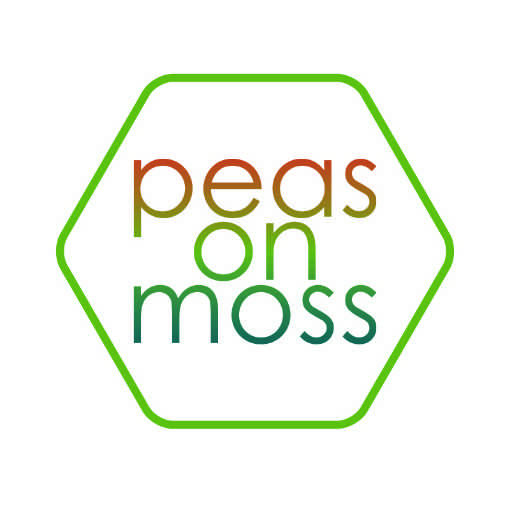Hosting an event is always a fun adventure. I know, that’s quite an understatement. Hosting when you can cook a meal in anyway you feel allows you to be as elaborate or as simple as you please.
Hosting when you need to make one or more changes to your offerings – such as by making two versions of the same item – can be more challenging and more commitment.
It also presents an opportunity to provide an amazing and thoughtfully assembled meal that is sure to be appreciated by the individual(s) with dietary restrictions. I know, because it took us three years to get a handle on eating gluten free and a few more years to increase our family and friends’ comfort with serving gluten free meals.
As we all began to understand the food allergy, we had to also try educate our friends and family. They were loving and tried so hard to understand gluten free eating. One day, my sister in law made gluten free brownies. Another time, a friend made a full dozen gluten free cookies. It was the most thoughtful thing they could have done.
Then it struck me. That’s probably a really easy gift we could give our friends who also have to deal with food allergies. Invite them to a dinner where you’ve prepared a meal that is completely safe for them to eat. By designing the menu to be safe for them, you don’t have to try make multiple versions of the same item, so hosting is back to being as simple or elaborate as you want.
Here are some handy tips:
1) Find out what the allergy entails: which foods can and cannot be consumed
2) Be sure to double check all of your ingredients in a recipe, in case there are hidden sources of that allergen, such as in bottled sauces, pre-blended mixes, or casseroles.
3) Ask your guest for ideas of recipes that work well for them
4) Don’t try to make something overly fancy the first time – sometimes foods that are made with ingredient substitutes behave really differently from the original recipe. For example, gluten free biscuit dough sometimes feels wetter than wheat flour versions
5) It’s okay to use a pre-blended mix that has been designed to be safe from the allergen – you’re more likely to be successful because it’s a tested formula
6) Build a menu that naturally limits or avoids the allergen anyway – many Asian style foods are naturally dairy free, and Indian curries are usually gluten free, especially if you serve poppadums instead of Naan bread
In the end, cook the foods you’re comfortable with and that you’re familiar with making. You’ll be able to use your instincts honed from cooking the dish often enough, and you’ll know what you’ll get in the end.


Recent Comments